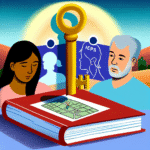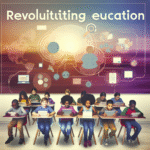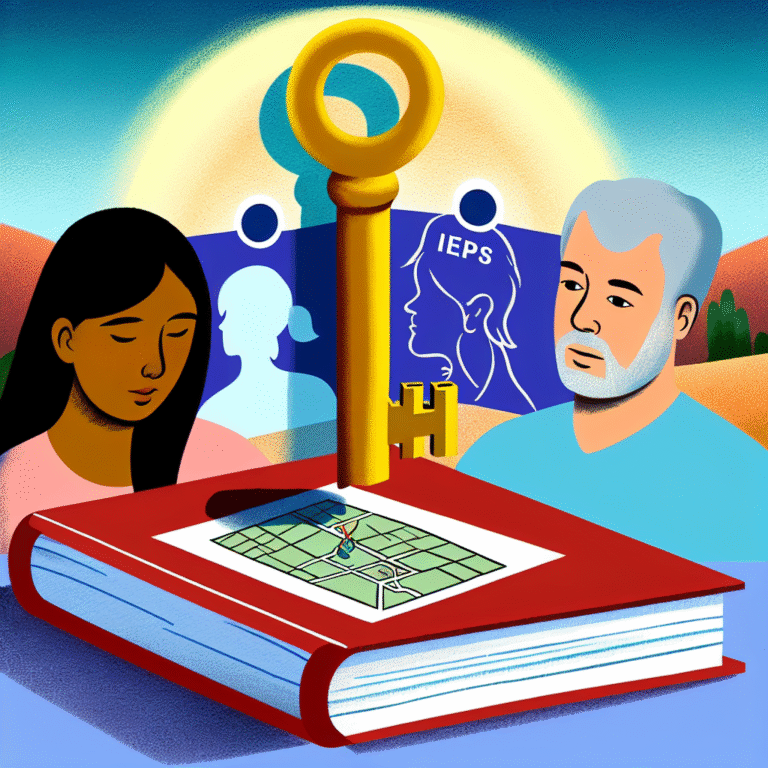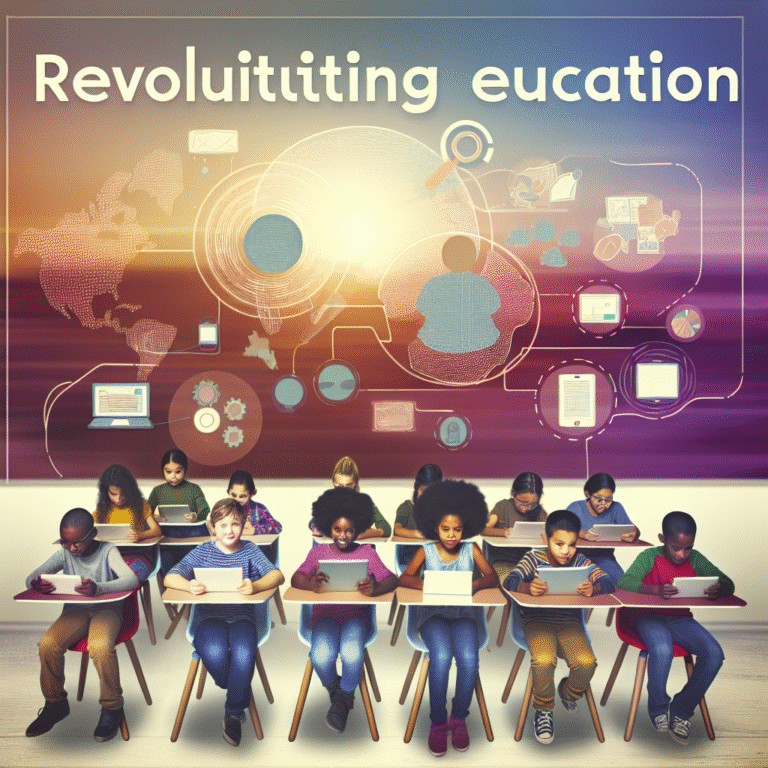
Reimagining Education: Tailoring Teaching Methods for Learning Disabilities and Processing Speed – Your Essential Guide to Transformative Practices
Introduction
In a world that increasingly values inclusivity and diversity, reimagining education remains a pivotal topic of discussion. The complexity of learning disabilities and varying processing speeds is a reality faced by many students. Approximately 10% of the population has a learning disability, which can impact the way they absorb, process, and retain information. As educators, parents, and advocates, it is our responsibility to foster an environment that recognizes these challenges and tailors teaching methods accordingly.
In this article, titled Reimagining Education: Tailoring Teaching Methods for Learning Disabilities and Processing Speed, we will explore innovative strategies and approaches that can be employed to create a supportive learning environment for all students. By highlighting impactful case studies, presenting actionable insights, and answering commonly raised questions, we aim to equip readers with the tools necessary to make a real difference in the educational landscape.
Understanding Learning Disabilities and Processing Speed
1. What Are Learning Disabilities?
Learning disabilities (LDs) encompass a range of disorders that affect the brain’s ability to receive, process, and respond to information. They can manifest in various forms, including dyslexia, dyscalculia, dysgraphia, and others. Recognizing these difficulties is crucial in reimagining education and tailoring teaching methods. Individuals with LDs often possess average or above-average intelligence yet struggle in traditional educational settings.
2. The Role of Processing Speed
Processing speed refers to the rate at which an individual can take in information, make sense of it, and respond. For many students, slow processing speed can particularly hinder their performance in timed tests, quick decision-making tasks, and classroom discussions. Understanding this component is essential for reimagining education, as it necessitates adapting methods for more supportive learning environments.
Processing Speed vs. Intelligence
| Processing Speed | Intelligence |
|---|---|
| Affects task completion time in subjects (e.g., math, reading) | Involves the ability to learn, understand, and apply knowledge |
| Can create a perception of low ability | Can lead to confused messages regarding capability in academic settings |
3. The Intersection of Learning Disabilities and Processing Speed
Many students with learning disabilities also experience slower processing speeds, amplifying their educational challenges. This intersectionality highlights the importance of targeted educational strategies aimed at reimagining education. By focusing on the unique needs of these learners, educators can implement tailored teaching methods that empower them to thrive.
Tailoring Teaching Methods for Learning Disabilities and Processing Speed
1. Universal Design for Learning (UDL)
Universal Design for Learning is a framework that champions flexibility in teaching methods, allowing for the incorporation of multiple means of representation, engagement, and expression. Educators who adopt UDL principles emphasize providing diverse options for students, which can be particularly beneficial for those with learning disabilities and processing challenges.
Case Study: UDL Implementation in Classroom
In a recent study conducted at a public elementary school, teachers integrated UDL into their curriculum for students with LDs. They provided digital resources, interactive lessons, and varied assessment formats. As a result, student engagement increased by 30%, and overall test scores improved across the board.
2. Multisensory Learning Approaches
Research has shown that multisensory learning—engaging multiple senses—can strongly enhance retention and understanding. For students with learning disabilities and slower processing speeds, combining visual, auditory, and kinesthetic learning strategies offers improved access to content.
Case Study: The READ program
The READ program incorporates a multisensory approach focused on literacy development for students with dyslexia. By utilizing visual aids, tactile materials, and rhythmic auditory techniques, participants exhibited a 40% improvement in reading fluency within a semester.
3. Flexible Pacing and Chunking Information
Tailoring educational delivery to accommodate different processing speeds can significantly reduce anxiety and enhance comprehension. Dividing lessons into smaller, bite-sized segments—commonly referred to as “chunking”—allows students to absorb information at their own pace.
Case Study: Chunking in Mathematics
In a middle school math class, teachers adopted a chunking strategy for complex problem-solving. By presenting problems in three or four steps instead of as a full exercise, students with slower processing speeds showed a 50% increase in successful problem-solving attempts.
4. Emotional and Social Support
Supporting students emotionally is integral to reimagining education for those with learning disabilities and processing speed issues. Establishing a safe and inclusive environment fosters self-esteem and encourages students to take risks in their learning endeavors.
Case Study: Peer Support Systems
At a high school implementing peer mentoring programs, students with varied learning challenges were paired with classmates for guidance and support. This initiative not only improved academic performance but also significantly enhanced social interactions and friendships.
Conclusion
Reimagining education to accommodate learning disabilities and processing speed challenges is no longer a luxury but a necessity. Tailoring teaching methods to meet diverse needs can unleash the potential of all students, fostering an environment where every individual can thrive. By incorporating strategies like Universal Design for Learning, multisensory approaches, flexible pacing, and emotional support into our educational practices, we can transform the learning experience for millions of students.
As we embark on this journey, it is essential to remember that one size does not fit all. Each student is unique; therefore, embracing a variety of methodologies is key. With collective action among educators, parents, and communities, we can create a more inclusive and effective educational landscape.
FAQs
1. What are the main types of learning disabilities?
Common learning disabilities include dyslexia (reading difficulties), dysgraphia (writing difficulties), dyscalculia (math difficulties), and auditory and visual processing disorders.
2. How can teachers identify students with processing speed issues?
Teachers can observe students’ response times during tasks, their ability to complete exams within time limits, and their overall performance relative to peers.
3. What role do parents play in supporting students with learning disabilities?
Parents can reinforce learning strategies at home, develop a supportive atmosphere, and collaborate with educators to tailor the learning experience.
4. Are there specific tools or technologies that aid students with learning disabilities?
Yes, there are numerous tools available, such as speech-to-text software, audiobooks, and specialized learning apps designed to assist students with LDs.
5. How can schools foster a more inclusive environment?
Schools can conduct training sessions for staff on inclusive education practices, promote awareness of learning disabilities, and create a supportive community network for students and families.
In closing, Reimagining Education: Tailoring Teaching Methods for Learning Disabilities and Processing Speed is an ongoing journey. Let’s embrace innovation, foster connection, and empower every learner to achieve their fullest potential.






